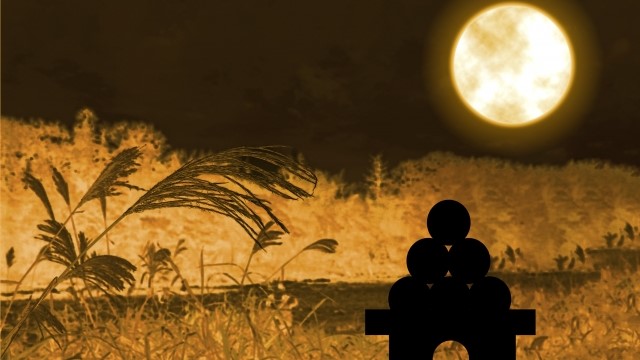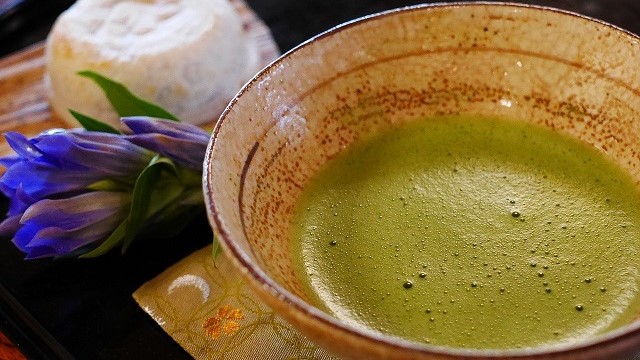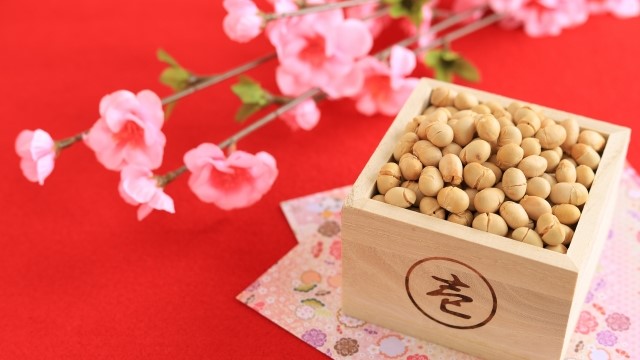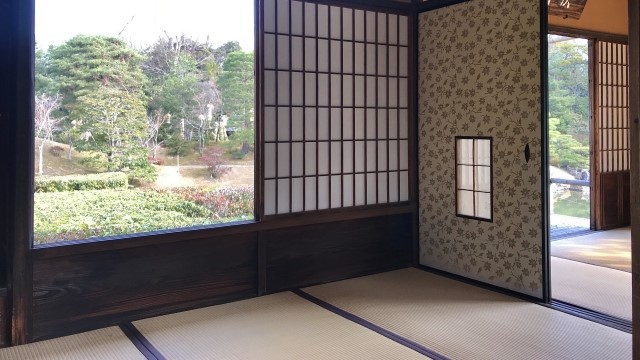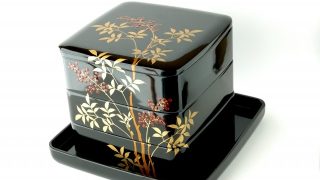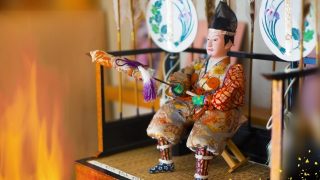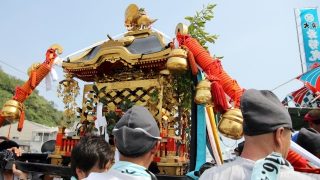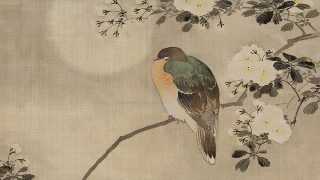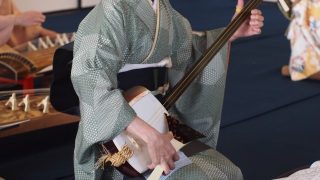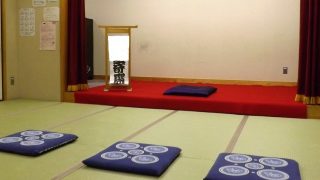About Otsukimi (お月見)
Otsukimi is an event to appreciate the moon in Japan.
This day is also called “Chushu no Meigetsu” (Mid-Autumn harvest moon), “Jūgoya” (Full Moon Night), and “Imo Meigetsu.”
On Otsukimi Day, we make an offering of odango, rice cakes, Satoimo (taro), etc., and enjoy watching the moon.
The beginning of Otsukimi
The moon has been an object of appreciation since ancient times, but the famous mid-autumn harvest moon has a special meaning. The celebration has been held in China since the Tang Dynasty.
During the Heian period (794-1185), China introduced Otsukimi to Japan and spread among the aristocracy.
Otsukimi was said to be an event where aristocracy drank alcohol while looking at the moon and enjoyed poetry and wind music on the boat.
The aristocrats looked up to the sky to see the moon and loved the reflection of the moon on the river and the sake cups.
It is said that the people, in general, began to enjoy Otsukimi during the Edo period (1603-1868). It seems to have been a harvest festival rather than just looking at the moon like aristocracy.
At Otsukimi time, the rice is growing, and the harvest is about to begin. Otsukimi was also a day of gratitude and sharing the joy of successfully harvesting the crops.
Otsukimi’s Offerings
Mid-Autumn harvest moon is the 15th day of August in the lunar calendar, and there are many Waka (和歌) poems that have been read about the “moon,” such as “There are many moons to see every month, but the moon to see is the moon of this month.
It differs from region to region, but making an offering in Otsukimi is customary.
Each offering has its meaning. Here are some of them.
Susuki, Japanese silver grass
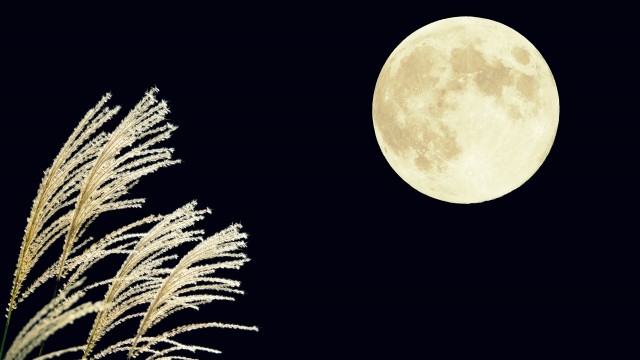
The Japanese silver grass was called the object of God’s dwelling. It is said that it was made as an offering to pray for a good harvest of rice, looking like an ear of rice. Although Japanese silver grass is known as the seven autumnal plants, other autumnal plants are also common as an alternative to Japanese silver grass for Otsukimi.
Tsukimi dango (Tsukimi dumpling)
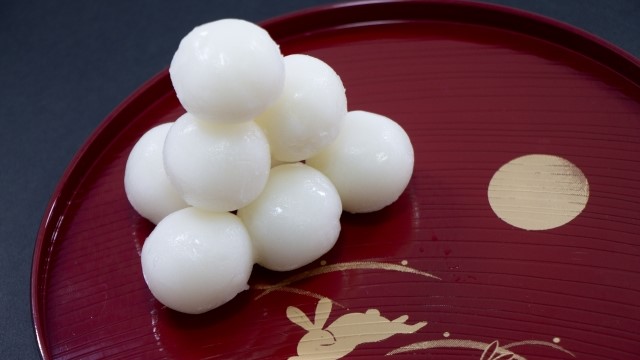
Tsukimi dango is a dumpling made from rice flour and is served with 15 dumplings, although some regions serve 12 dumplings, the number of the month.
Agricultural products
They offered freshly harvested crops such as Satoimo (taro), chestnuts, and beans and were thankful for a good harvest.
In particular, it is common to offer Satoimo, and the name “Imo Meigetsu” comes from the custom of offering Satoimo and doing Otsukimi.
Sanpo (三方)

Sanpo is a stand on which to place offerings. It consists of a tray and a body with round holes in three directions. The one with no holes in the body is in the front, and the one with seams in the tray is in the back, so you should place it so that the moon does not show the seams.
When will Otsukimi (the mid-autumn harvest moon) be in 2023?
The date of Otsukimi in 2023 is Fri, September 29, 2023.
Otsukimi is the 15th day of August in the lunar calendar.
However, there is a gap between the lunar calendar, which was based on the phases of the moon, and the current calendar, which is based on the movement of the sun. Therefore, according to the current calendar, Otsukimi arrives every year between mid-September and early October.
In some cases, Otsukimi-related events are fixed to September 15 every year due to the variety of events, but in reality, Otsukimi is defined as “the day when the full moon appears between September 7 and October 8” and changes every year.
Incidentally, Otsukimi Day in 2024 is Tue, September 17, 2024.
Let’s enjoy Otsukimi!
The basis of Otsukimi is to set up a moon-viewing platform to enjoy the moon. One way to enjoy Otsukimi is to set up a moon viewing platform on a veranda and decorate the Sanpo with offerings such as Tsukimi dango and Satoimo.
On this day, it’s nice to move the table to the window side and enjoy a meal while looking at the moon!
Moon spots in Japan
There are many moon spots in Japan. In this topic, we would like to introduce Matsushima and Katsurahama.
Matsushima (Miyagi Prefecture)
The building associated with Date Masamune was also called Tsukimi Goten and has long been known as a moonlight spot. Matsushima is also famous for the beginning of Matsuo Basho’s “Okuno Hosomichi”, “Matsushima no Tsuki mazu kokoro ni kakarite”.
Katsurahama (Kochi Prefecture)
The phrase “Moon spot is Katsurahama” is from the Tosa folk song “Yosakoi-Bushi,” which has been sung since the Edo period. In Katsurahama, the “Katsurahama Moon Festival” is held annually during the mid-autumn harvest moon.


